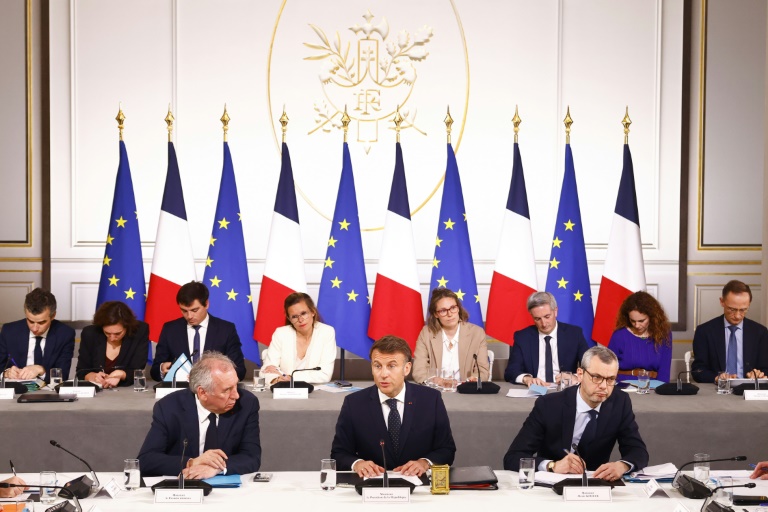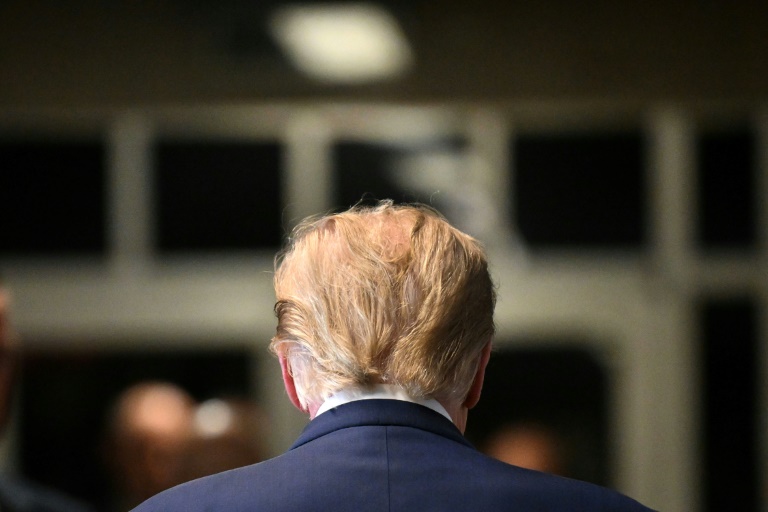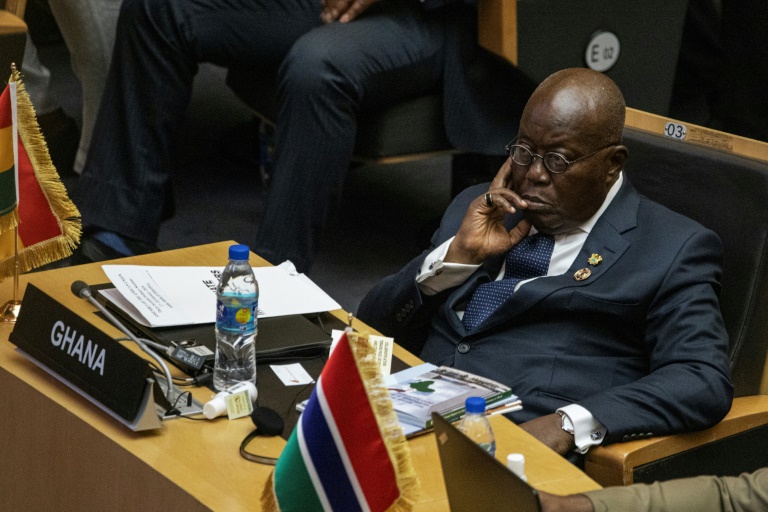Frankfurt (Germany) (AFP) – The European Central Bank is expected to cut interest rates again this week amid a darkening outlook, with political turbulence in the eurozone’s two biggest economies adding to the troubled picture. It would be the ECB’s third straight reduction as it increasingly focuses on spurring lending to boost consumer spending and business investment in the 20 countries that use the euro. The central bank hiked rates aggressively from mid-2022 to tame surging energy and food costs but, with inflation easing and the eurozone weakening, they have now turned their attention to cuts.
Recent worse-than-expected data had fuelled speculation the ECB could deliver a hefty, half-percentage-point cut for the first time in its easing cycle when it meets Thursday. But with inflation pressures still a concern — the indicator rebounded above the central bank’s two-percent target in November — most analysts now expect the ECB to continue at the same pace as before, with a quarter-point cut. “While there is a strong case for the ECB to accelerate the pace of policy easing by delivering a (half point) cut, a majority of the governing council seems to prefer” a quarter-point reduction, Capital Economics said in a note. It will be the Frankfurt-based institution’s fourth cut since June, and will take the key deposit rate to three percent.
**- Growth worries -** ECB officials have repeatedly raised concerns about the weakening growth outlook in the single-currency area, signalling a shift away from being laser-focused on bringing down inflation. Eurozone inflation peaked at 10.6 percent in late 2022 after surging in the wake of Russia’s invasion of Ukraine and amid post-pandemic supply chain woes. It fell back under the ECB’s two-percent target in September but rebounded in subsequent months, reaching 2.3 percent in November. In remarks last week to a European Parliament hearing, ECB President Christine Lagarde said recent data “suggest that growth will be weaker in the short term, on the back of slowing growth in the services sector and a continued contraction in manufacturing”.
Analysts expect the weaker outlook to be reflected in updated ECB economic forecasts, to be released Thursday alongside the rate call, and are predicting small downward revisions to growth and inflation estimates. Political headwinds are adding to the tricky terrain that rate-setters will have to navigate. Germany is heading for elections in February, seven months earlier than scheduled, after the collapse of Chancellor Olaf Scholz’s long-troubled coalition last month. Even before the latest turbulence, the eurozone’s biggest economy was struggling with a manufacturing slowdown, and its anaemic growth rates are weighing down the broader single currency area.
Meanwhile, in France, the eurozone’s second-biggest economy, Prime Minister Michel Barnier had to resign last week after losing a vote of no confidence in parliament, deepening the country’s growing political and financial chaos.
**- Trump tariff threat -** The ECB’s decision will come a week ahead of the US Federal Reserve’s next rate-setting meeting on December 17 and 18, with markets betting on another cut in borrowing costs in the world’s top economy. Donald Trump’s impending return to the White House will also loom over the ECB’s meeting, with some eurozone officials voicing alarm about his threats to impose new tariffs on all imports to the United States.
While a rate cut seems a certainty on Thursday, investors will closely parse the ECB’s statement and follow Lagarde’s press conference for clues about the pace going forward. The ECB has for a long time been stressing that its decisions will be guided by incoming data, and Lagarde insists she will not commit to any particular rate path. Nevertheless, HSBC said in a note it expects a “dovish shift” in the ECB’s statement that would “set the scene for further cuts next year”.
© 2024 AFP






















